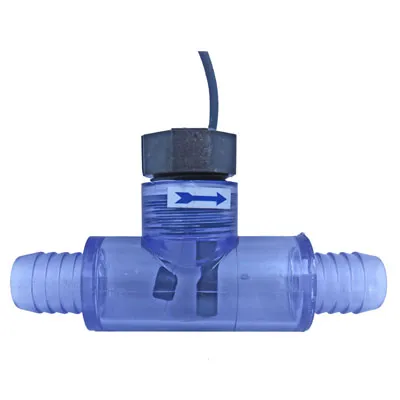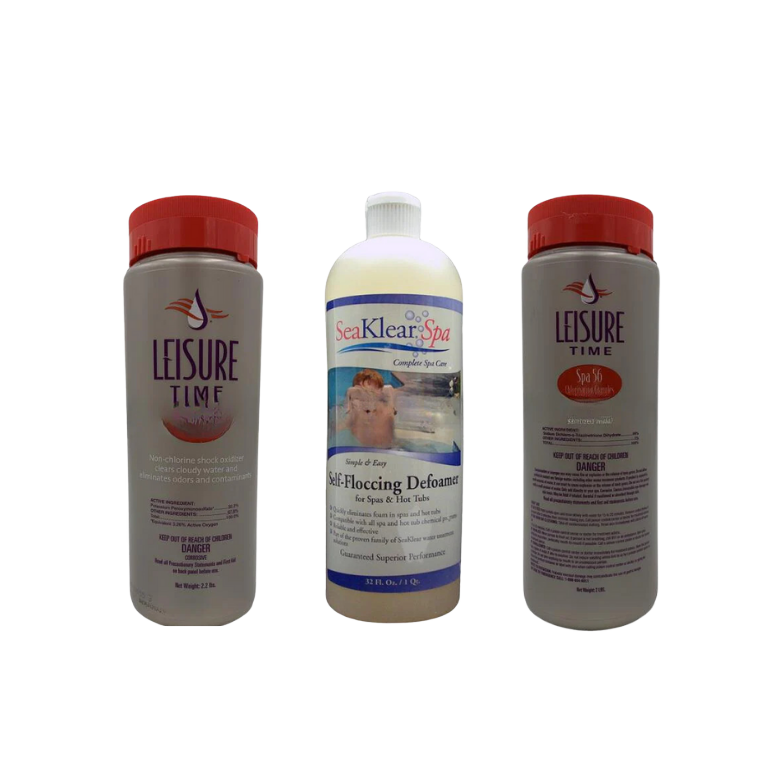
As the days get longer and temperatures rise, your hot tub becomes the perfect spot to relax, entertain, or unwind after a sunny day. But before diving in, it’s important to make sure your spa is summer-ready. Here’s your go-to guide to prepare your hot tub for the warm months ahead.
Drain and Clean Your Spa
Start fresh! Drain the water completely and give your spa shell a thorough wipe-down with a non-abrasive cleaner. This helps remove buildup and prepares the tub for clean, fresh water.
Clean or Replace the Filter
Your filter works overtime during heavy use. If it’s been more than a few months, consider replacing it. Otherwise, rinse it thoroughly and soak it in a filter cleaner solution to restore peak performance.
Inspect Seals, Jets, and Valves
Summer’s a good time for a mini spa check-up. Inspect o-rings, gaskets, and jets for signs of wear or cracks. Replacing small parts now can save bigger issues down the road.
Refill with Fresh Water and Balance Chemicals
Once everything’s clean, refill your tub with fresh water. Test and balance the pH, alkalinity, and sanitizer levels. A spa that’s chemically balanced is safer, smells better, and feels nicer on your skin.
Adjust the Temperature
You might not want 104°F in the summer heat! Lower your spa’s temperature to around 95–98°F or even try “cool tubbing” — set it below 85°F for a refreshing daytime soak.
Shield from the Sun
Consider adding a spa cover lifter, umbrella, or canopy to protect your tub and keep the water cooler. This also protects your spa parts from harsh UV rays
Update Accessories
Summer’s also a great time to check and replace any accessories like pillows, steps, lighting, or water features. They enhance the experience and make your spa the ultimate backyard retreat.
Make the Most of Summer Soaking
Regular seasonal care helps extend the life of your spa and its components — and ensures a safe, sparkling experience all summer long. Need replacement filters, parts, or summer spa accessories? Shop Easy Spa Parts now!










